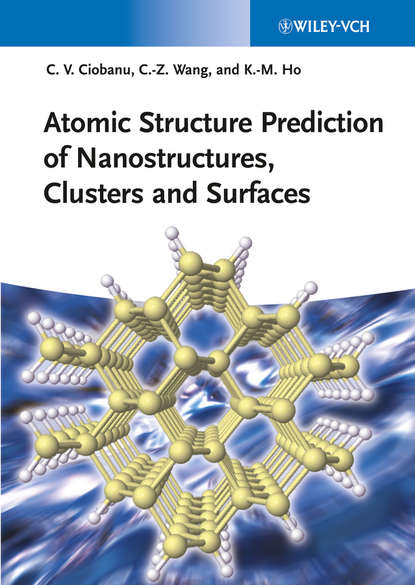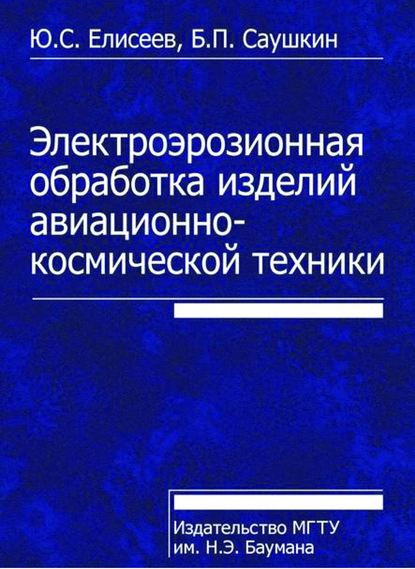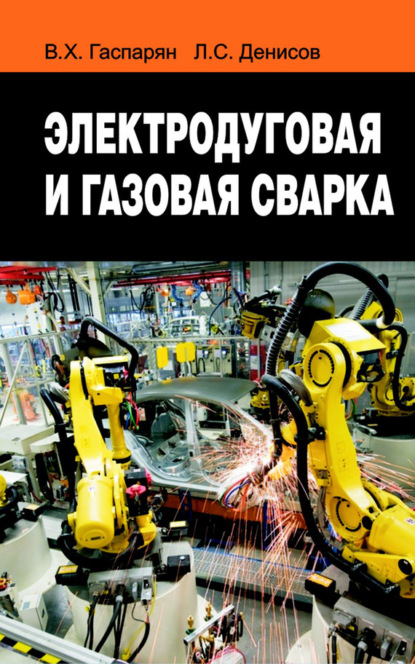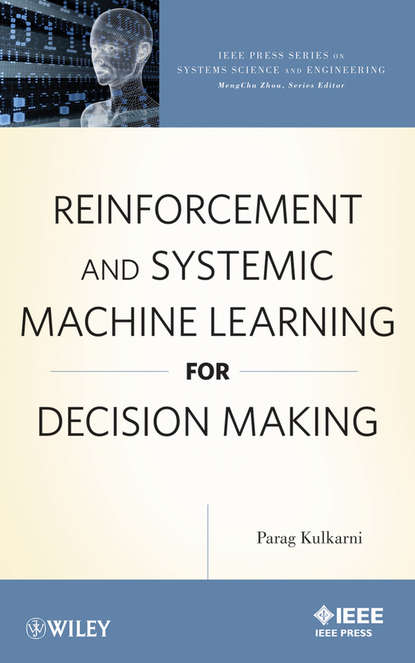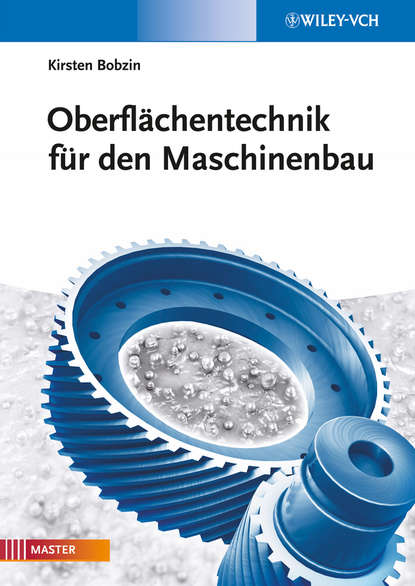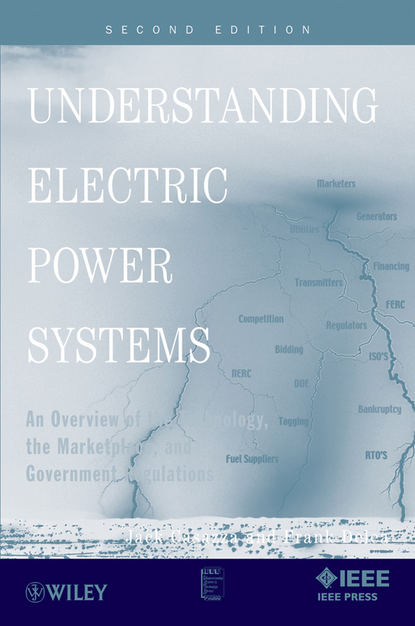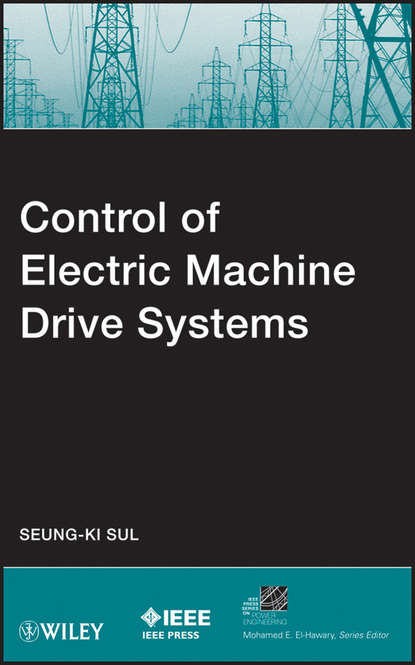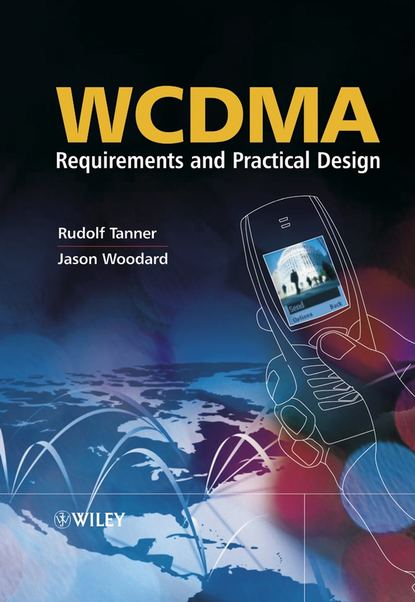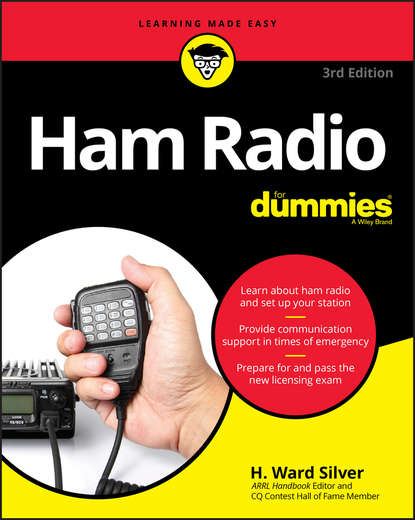Эта работа заполняет пробел в комплексных справочных материалах, освещающих разработки в области глобальной оптимизации атомных структур с использованием генетических алгоритмов. За последние несколько десятилетий такие алгоритмы, основанные на имитации процессов естественной эволюции, проникли из области информатики в физику твердого тела и химию, где продемонстрировали свою универсальность и прогностическую силу для многих материалов. После введения и исторической перспективы, текст переходит к подробному описанию алгоритма, прежде чем описать его применение для прогнозирования кристаллической структуры, атомных кластеров, реконструкции поверхности и межфазных границ, а также квазиодномерных наноструктур. В заключительных главах дается краткий обзор других методов оптимизации атомной структуры и перспективы развития этой области.
This volume fills a gap in the literature by offering a comprehensive and authoritative survey of developments in the area of global optimization of atomic and molecular structures using global optimization techniques — specifically, genetic algorithms as applied to computational materials design.
Электронная Книга «Atomic Structure Prediction of Nanostructures, Clusters and Surfaces» написана автором Cai-Zhuan Wang в году.
Минимальный возраст читателя: 0
Язык: Английский
ISBN: 9783527655052
Описание книги от Cai-Zhuan Wang
This work fills the gap for a comprehensive reference conveying the developments in global optimization of atomic structures using genetic algorithms. Over the last few decades, such algorithms based on mimicking the processes of natural evolution have made their way from computer science disciplines to solid states physics and chemistry, where they have demonstrated their versatility and predictive power for many materials. Following an introduction and historical perspective, the text moves on to provide an in-depth description of the algorithm before describing its applications to crystal structure prediction, atomic clusters, surface and interface reconstructions, and quasi one-dimensional nanostructures. The final chapters provide a brief account of other methods for atomic structure optimization and perspectives on the future of the field.
